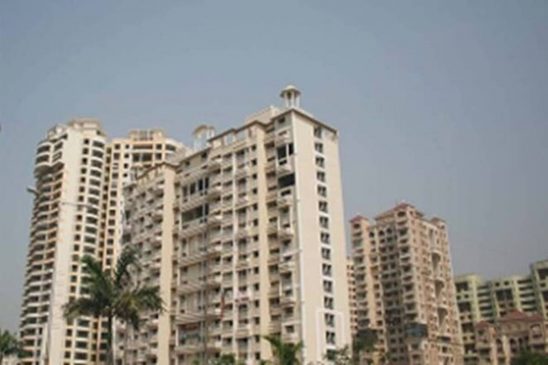The real estate AUM of NBFCs is likely to de grow 0-5% in the next fiscal.
Non-banking finance companies (NBFCs) and housing finance companies (HFCs) are likely to see their real estate sector gross non-performing asset (GNPA) ratio exceed 9% by March-end from 6.8% as of September 30, rating agency ICRA said in a report on Monday. Real estate GNPAs of non-bank lenders rose from 5.1% as of March 2020 to 6.2% as of March 2021, it said.
Non-bank lenders have been witnessing stress building up in the real estate portfolio since FY19 (April-March) with domestic real estate sector facing a prolonged slowdown, subdued sales and consequent inventory overhang, resulting in debt build-up. Business disruptions on account of Covid-19 further exacerbated the issues, ICRA said. While the real estate industry has witnessed some green shoots in recent quarters, particularly larger developers, a sustained pickup in sales across geographies and different segments would remain critical for a meaningful recovery in the sector, it added.
“ICRA expects an increase of 180-250 basis points (bps) in GNPAs in the real estate segment in FY2022. However, players with a diversified credit book across asset classes are likely to witness a relatively lower increase in NPAs. The asset quality would, however, remain dependent on the performance of the restructured book as well as any further disruptions caused by a surge in Covid-19 infections,” said Samriddhi Chowdhary, vice-president & sector head – financial sector ratings at ICRA.
The rating agency said that real estate assets under management (AUM) of non-bank lenders contracted by 17.6% to Rs 2.8 lakh crore as on March 2021 from Rs 3.4 lakh crore as on March 2019, and the contraction is expected to continue further by 5-10% more in the current fiscal. “Non-banks witnessed a significant slowdown in growth since H2 FY2019, following the liquidity crisis, and consequently moderated their disbursements. The impact was more pronounced on wholesale financiers with sizeable real estate exposures compared to their retail counterparts owing to a prolonged period of risk aversion by investors and other stakeholders. Given the fundraising challenges, real estate-oriented non-banks not only limited incremental disbursements to this sector but also attempted to scale down their portfolios through asset sell-down to shore up liquidity,” Chowdhary said.
The real estate AUM of NBFCs is likely to de grow 0-5% in the next fiscal, ICRA said, maintaining its negative outlook for real estate-oriented non-bank lenders.





































